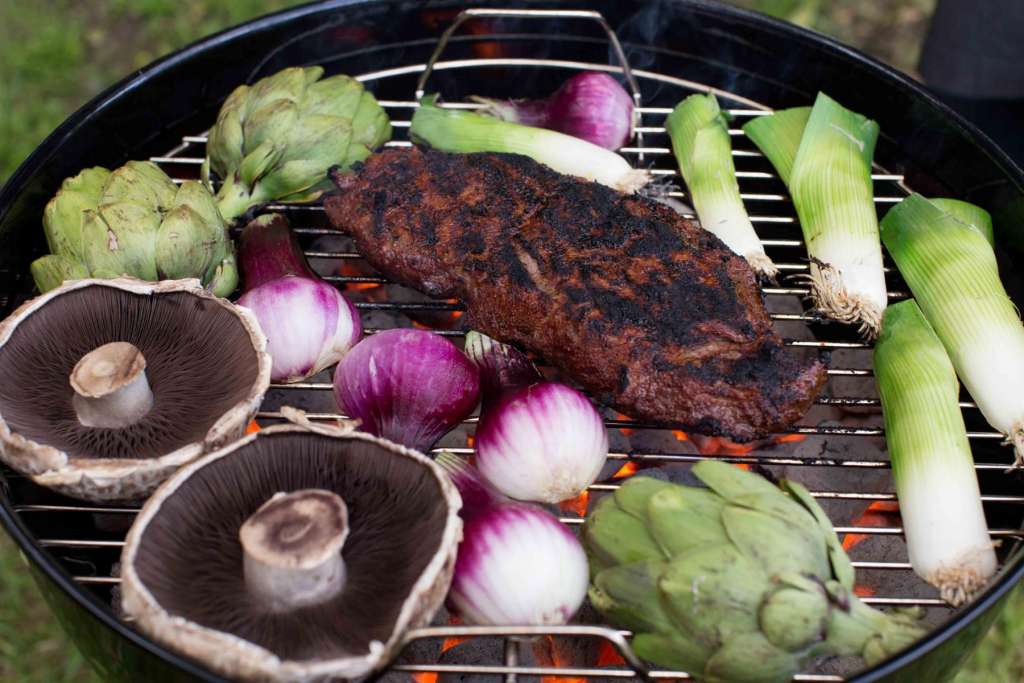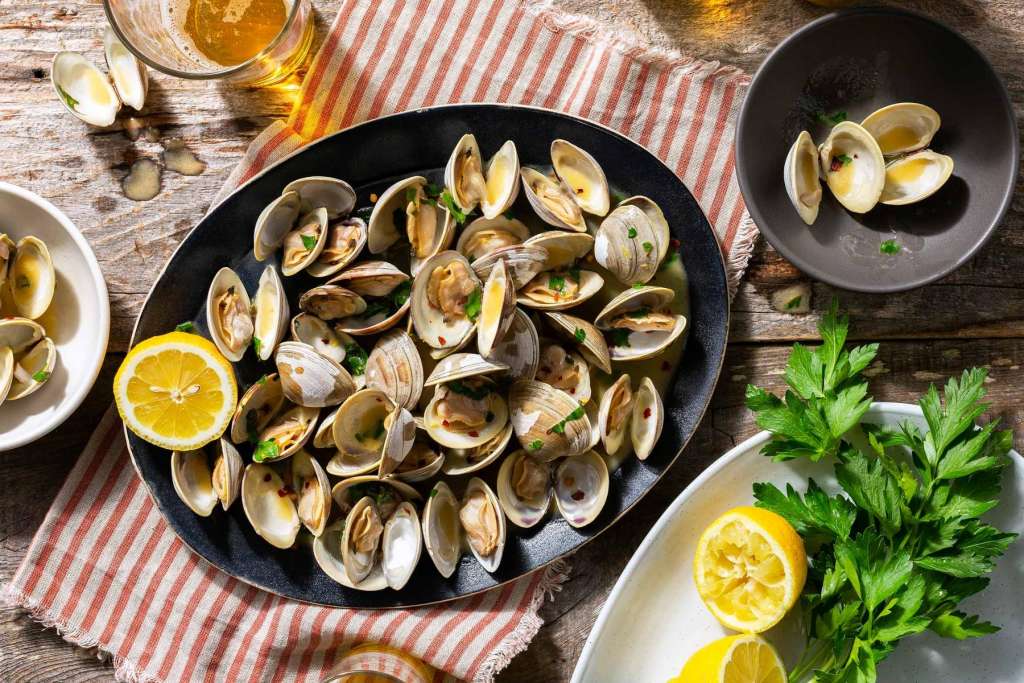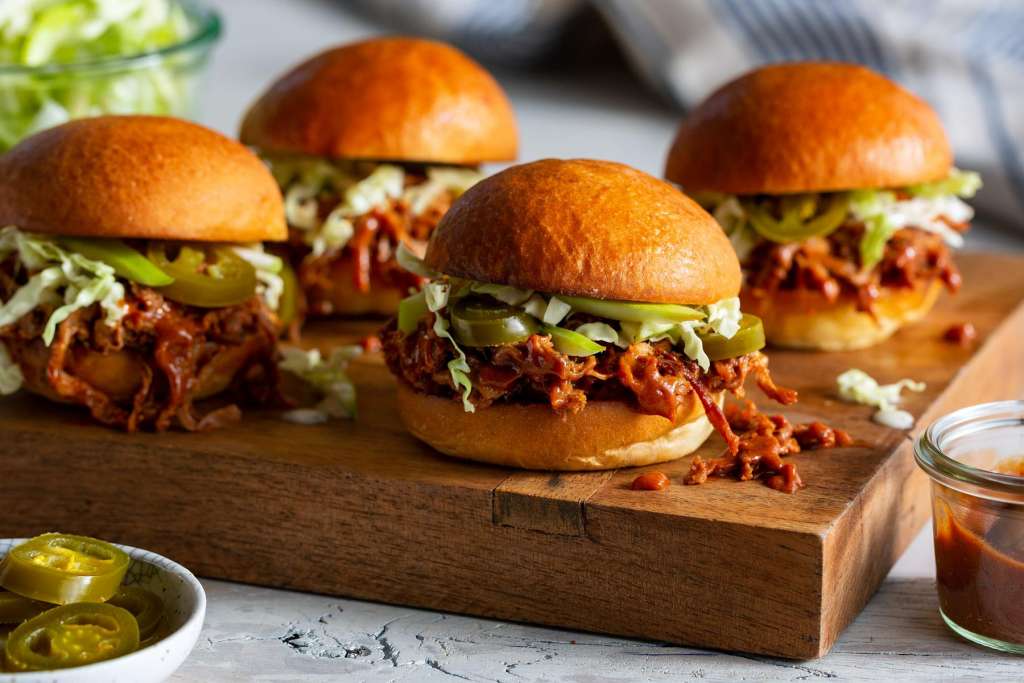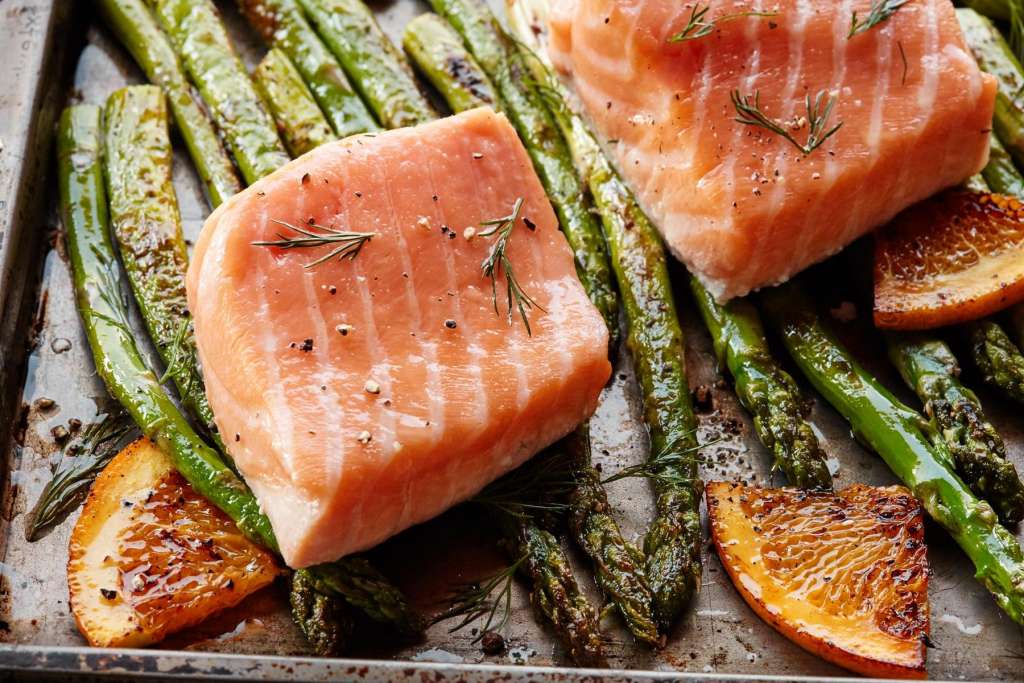Summer Grilling, Sun Basket Style

The Game-Changing Grilling Tip to Rule Them All
Fancy tools and tricked-out barbecues can only take you so far. To truly become an expert griller, you must first become a master of fire. The live flames that fuel an outdoor grill require more finessing than the burners of a stove. You’ll have more control if you start by building a fire with two levels of heat—hot, direct radiant heat on one side and cooler indirect, convection heat on the other.
As a general rule of thumb, cook meats that are 1-inch-thick-and-under over direct heat and anything more than an inch thick over indirect heat. One of the benefits of having two heat levels is that you can sear large cuts of meat and whole fish on direct heat, and then move them to indirect heat to finish cooking.
For a charcoal grill, pile the coals on one side of the grill.
For a gas grill, leave one burner off.
Indirect heat: Larger cuts of meat, like pork shoulders, beef briskets, ribs, and whole chickens. Dense vegetables such as potatoes and beets. (Always cover the grill when cooking over indirect heat.)
Direct heat: Ground meat, thinner cuts, like flat steaks and chops, pizzas, fish steaks and fillets, corn, eggplant, mushrooms, and most other vegetables. (Leave the grill uncovered when cooking over direct heat.)









